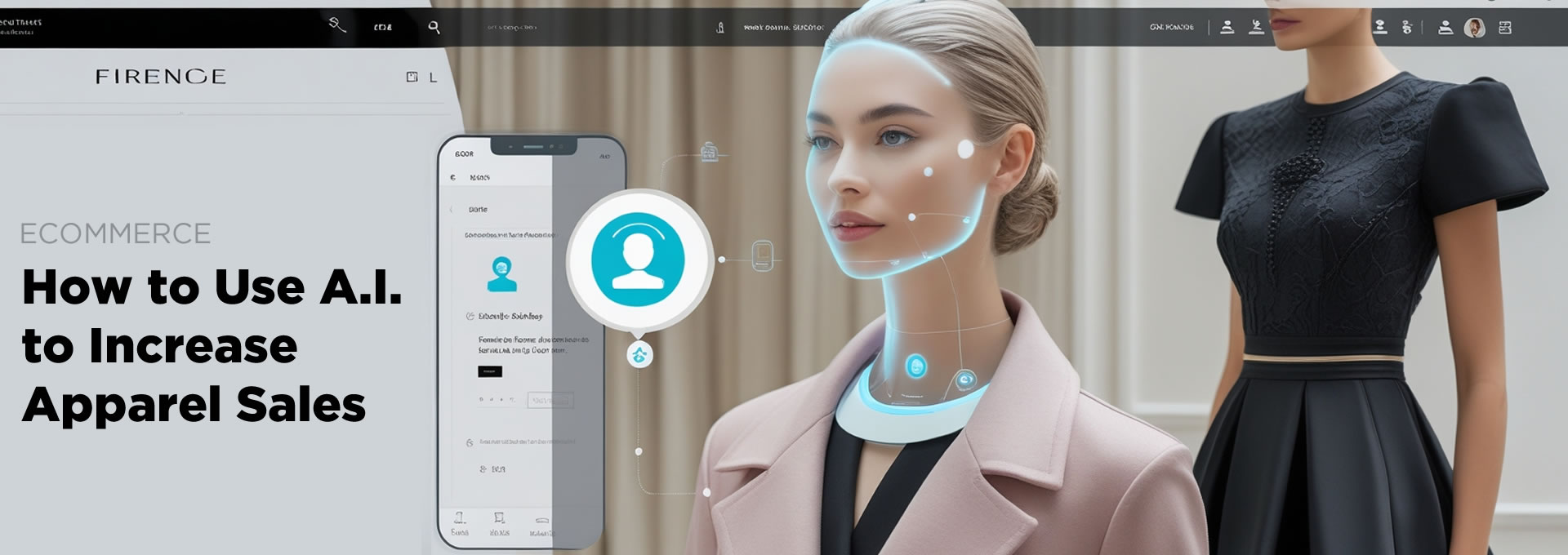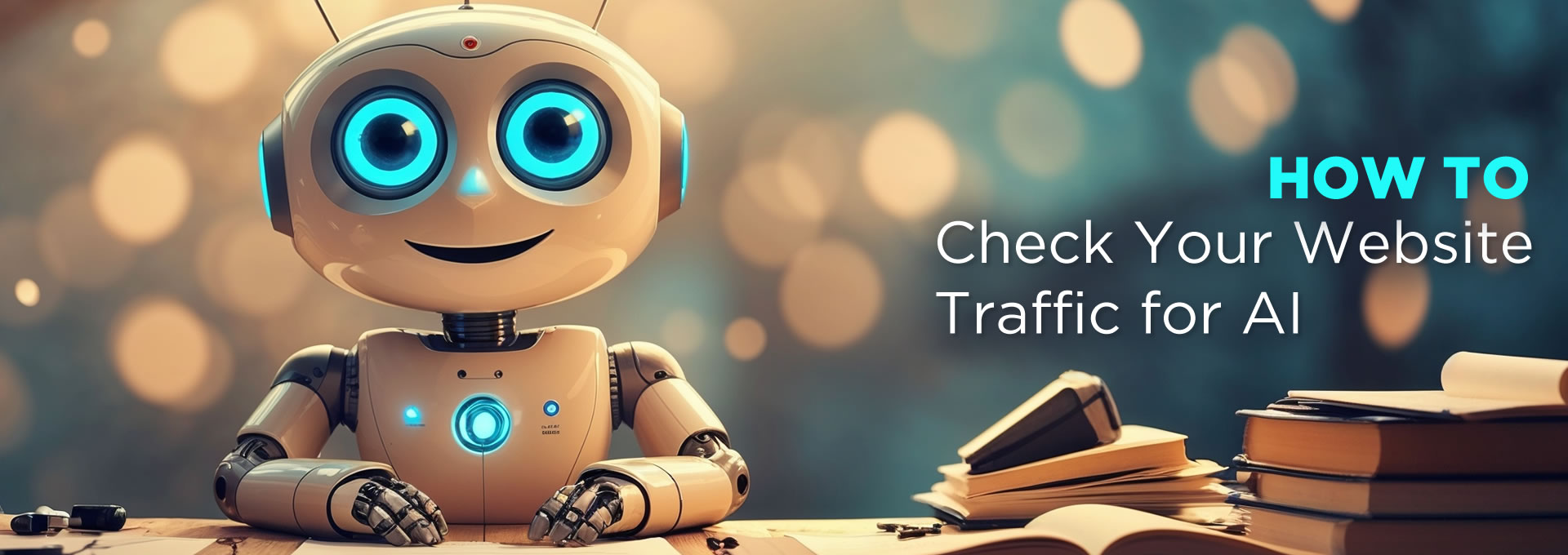
7 AI-Powered Strategies to Boost Sales on Your Apparel Ecommerce Site
Read Time: 3 minutesShoppers expect more than generic product recommendations. They want an interactive, personalized experience that makes buying decisions easier and more engaging. AI technology now allows apparel brands to create smarter, more efficient shopping experiences that convert visitors into customers. If you only rely on traditional personalization techniques, you’re leaving money on the table. AI can […]






